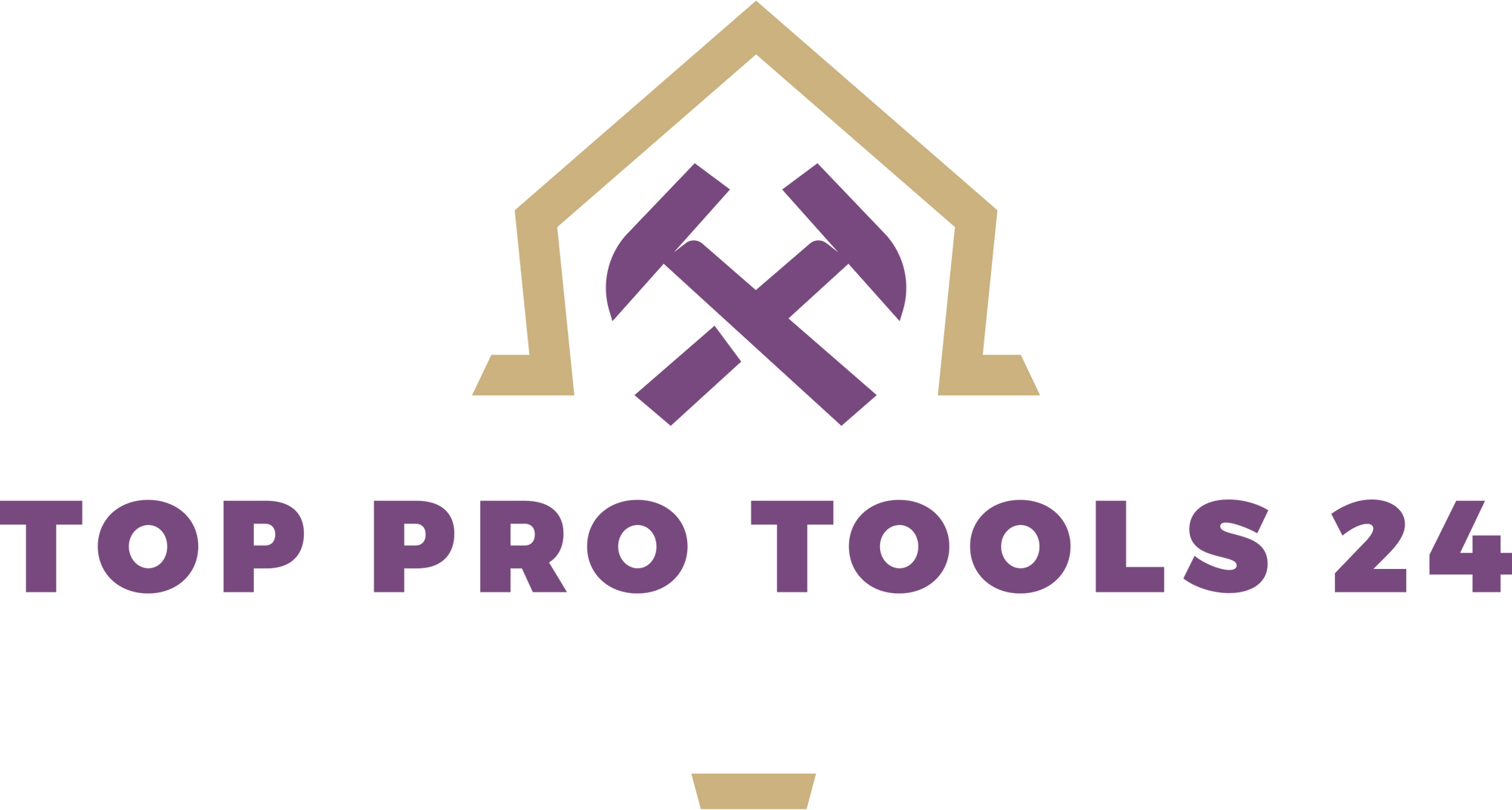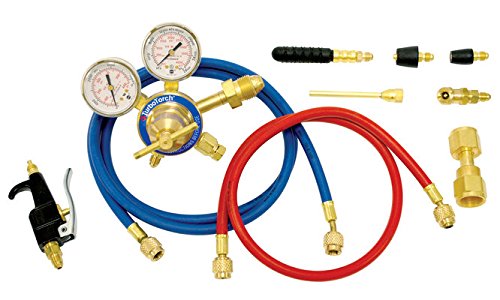
This post may contain affiliate links which means I may receive a commission for purchases made through links. Learn more on my Private Policy page.
Introduction to Orbital Sander Maintenance
Hello guys, my name is John Arif and welcome to my shop. Today, I’m not going to make any project because my workshop is still under renovation and I haven’t finished building my side table. I also don’t have my big multi-function workbench anymore since I dismantled it a week ago. However, today I have a chance to talk about power tool maintenance, specifically addressing issues with an orbital sander.
Why Orbital Sander Maintenance is Important
Orbital sanders are essential tools for many DIY enthusiasts and professionals. They are commonly used for smoothing surfaces and removing material quickly. However, like any power tool, they require regular maintenance to ensure they continue to perform at their best.
One of my viewers on social media asked me to make a video about fixing or maintaining power tools. Coincidentally, my orbital sander has been making a weird noise, and its RPM is not stable. So, let’s dive into diagnosing the issue and fixing it.
Don’t worry if you have a different brand of orbital sander; the systems are generally the same. The only differences may be the shape, bolt positions, and color. So if you can fix one orbital sander, you should be able to manage any other brand as well.
Diagnosing the Problem with My Orbital Sander
As mentioned earlier, my orbital sander has been producing inconsistent speeds. Sometimes it’s too slow, and other times it’s too fast without any input from me. Additionally, there are noticeable sparks coming from the carbon brushes, indicating that maintenance is most likely necessary.
Steps to Fixing the Orbital Sander
Step 1: Unplug the Power
Always ensure your power tool is unplugged before attempting any disassembly or repairs.
Step 2: Remove the Sanding Pad
The first step in opening the orbital sander is to remove the sanding pad. In my case, I noticed the lower bearing was not freely turning, suggesting that something is blocking it.
Step 3: Unscrew the Plastic Body
Next, unscrew the five bolts holding the plastic body of the sander together. Upon opening my orbital sander, I found a lot of dust buildup which is common for this tool. Before proceeding, I cleaned the dust using an air compressor.
Step 4: Remove the Carbon Brushes
After the dust is cleaned, remove both carbon brushes. Then, pull out the rotor and inspect the connectors and bearings. In my case, the connectors were blackened, and the bearings seemed to be in good condition.
Step 5: Clean the Rotor Connectors
Using 800 or 1000 grit sandpaper, clean the connectors on the rotor. The cleaned connectors will provide a better connection with the carbon brushes.
Step 6: Fix the Bearing
To address the friction issue in my bearing, I used WD-40 to lubricate it. After letting the lubricant penetrate, the bearing spun much more smoothly. Remove any excess WD-40 before reassembling.
Step 7: Reassemble the Orbital Sander
Put everything back together, starting with the bearings, then the carbon brushes, and finally the plastic housing. Once everything is back in place, test your orbital sander to ensure it’s running smoothly and consistently.
Conclusion
As you can see, fixing and maintaining an orbital sander is relatively easy once you know the process. Periodic maintenance of your sander, whether it’s an orbital, belt, or drum sander, is essential as these tools produce a lot of dust that can affect their performance.
Performing maintenance every three to six months can help ensure your sander lasts longer and performs better. I hope this tutorial has been helpful in fixing and maintaining your orbital sander. Stay tuned for future videos covering other power tool maintenance tips.
In the meantime, if you have any questions or requests for other videos, please leave a comment below. Thank you for watching, stay safe, and cheers!
This post may contain affiliate links which means I may receive a commission for purchases made through links. Learn more on my Private Policy page.







Im sorry i was frustrated. Your video was very helpful.
Why do you speak while the sander is running. Useless
Thanks!
Dikaba marunong mag tagalog boss ?
Sirr magtagalog ka nlng para mas mabilis maintindihan
Thank you very much for your help on this video !
Alhamdulillah bosskur… excellent job
Thank you so much sir great job well done I have one to fix myself and I am going to use your method instead thanks again
Thanks for the great video and info. I was able to fix my B&D orbital sander that was reviving unevenly.
Hadir masbro👍
Very informatif, thanks bro,. Actually how many months should I give light mantainance for powertools, while i'm just weekenders woodworker?. Thank U.
Pertalite gpplah
Aq aj yang Pertamax yaaa…..thanks my brother…keep spirit 👍🏻👍🏻👍🏻👍🏻🙏🙏🙏🙏🙏
Pertamax bro